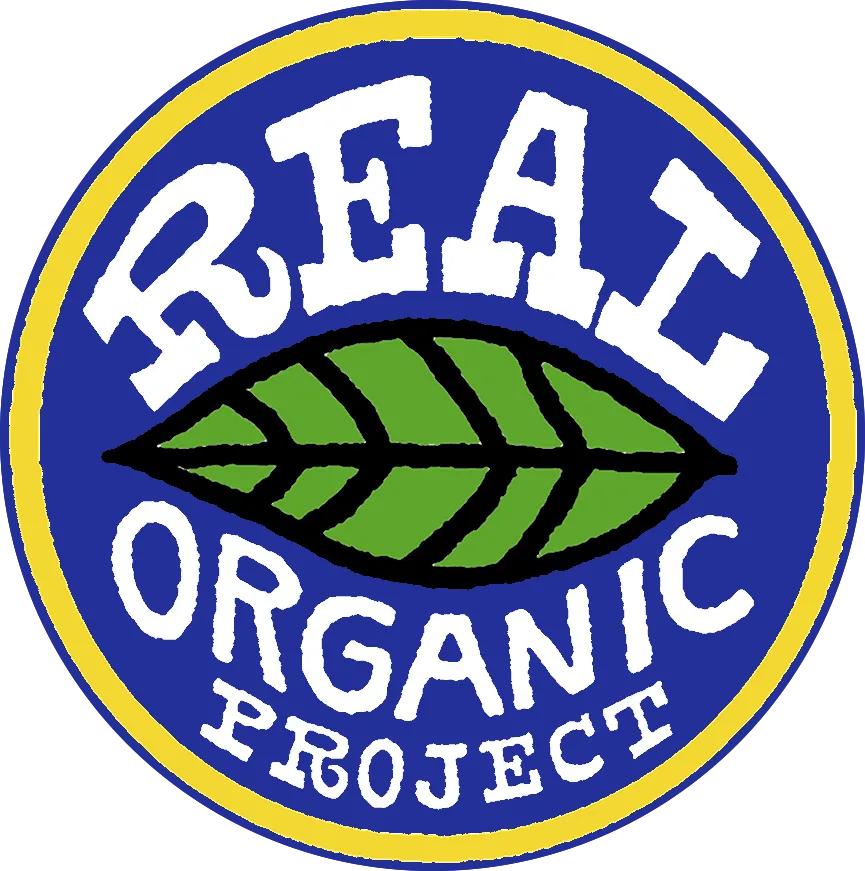Moving Through the Inventory: Fall Veggie Share Week #7 – 12/8/21
Moving Through the Inventory
A question we get a lot is, “What are you doing this time of year?”
Quick answer: we are steadily moving through our inventory of vegetables, trying to sell items with shorter storage lives.
In mid October I took the first main inventory of all of our storage crops in pallet bins. For reference, each pallet bin is about 850 pounds of food.
Here’s what we had –
Potatoes: 23 pallet bins
Sweet potatoes: 10 bins
Winter squash: 22 bins
Carrots: 12 bins
Daikon Radish; 3 bins
Beauty Heart: 2 bins
Cabbage (green and red:) 9 bins
Beets: 16 bins
Celeriac: 3 bins
Chi Cabbage: 2 bins
Kohlrabi: 2 bins
Onions: 8 bins
That’s 112 pallet bins – totaling around 95,000 pounds of food!
What that effectively looked like on the ground was an entire barn shop stacked double high with all of the squash, potatoes, and onions; all 3 walk-in coolers at the farm on J full of pallet bins, the Pioneer cooler full of bins, and 3 box truck-loads of vegetables going to offsite cold storage because we couldn’t fit it all!
Bit by bit we’ve been washing, packing, and delivering this food. This afternoon I will go do inventory again as we head into the planning of the last veggie share box and wholesale ordering prior to the holidays.
We’ve made sizable dents in our squash, potato, and onion stores. However we still have crops off site in cold storage!
How we decide what to move and when depends largely on how the different vegetables store. While we still have lots of carrots and beets in storage, we don’t priortize moving them because they can keep until June so long as they stay moist and cold. Sweet potatoes, winter squash, garlic, onions, however, all have shorter clocks on them. Many won’t store well into January, so we have been trying to sell those stores as quickly as we can before they start to go bad.
So yeah, that’s what we do this time of year. Through both the veggie share and our wholesale accounts, we try to move as many dry storage vegetables as we can, racing against their natural storage clocks, meanwhile holding back the cold storage items that we know can last many months longer.
Cheers,
Farmer Cassie






